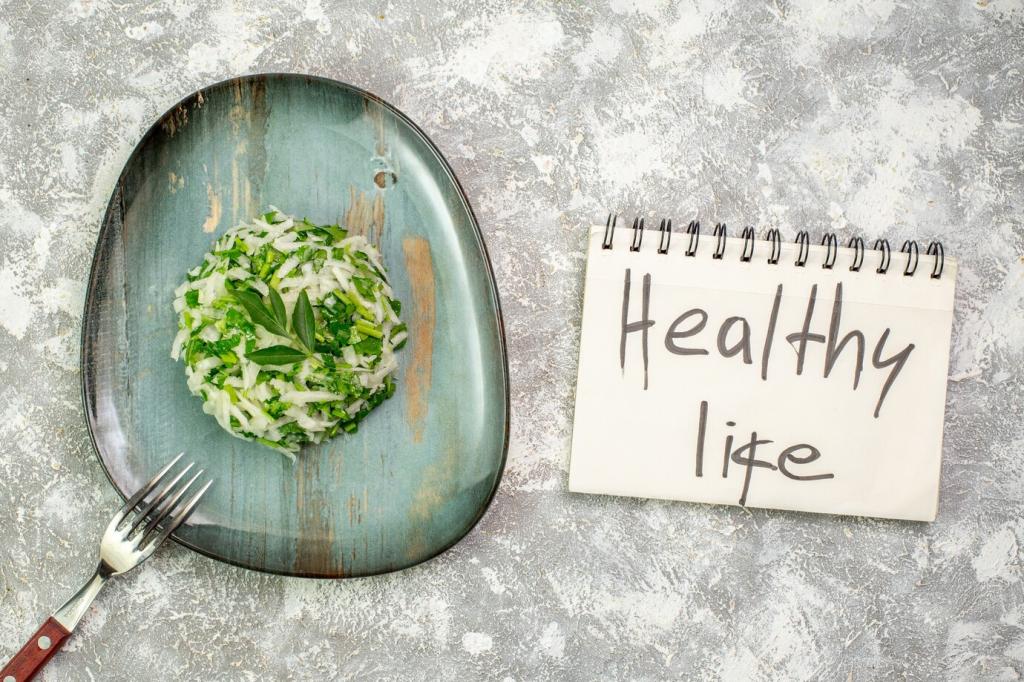Post-Workout Window: Rebuild, Refill, Recover
Hit around 0.3 g/kg of high-quality protein—about 20–40 grams for most—with 2–3 grams of leucine to fully trigger muscle protein synthesis. Whey, dairy, soy isolate, or high-leucine blends work well. Masters athletes may benefit from closer to 0.4–0.5 g/kg.
Post-Workout Window: Rebuild, Refill, Recover
For back-to-back training within 24 hours, consume 1.0–1.2 g/kg/hour of carbs for the first two to four hours post-exercise. Add a pinch of salt to aid uptake. Our rowing crew shaved seconds off splits after consistently respecting these early-hours refuel targets.
Post-Workout Window: Rebuild, Refill, Recover
Three to five grams of creatine post-workout pairs well with carbs and protein, improving saturation and long-term strength. Tart cherry and omega-3s can blunt soreness without dulling adaptation. What’s in your go-to shake? Share your recipe and timing so others can try it.
Post-Workout Window: Rebuild, Refill, Recover
Lorem ipsum dolor sit amet, consectetur adipiscing elit. Ut elit tellus, luctus nec ullamcorper mattis, pulvinar dapibus leo.





